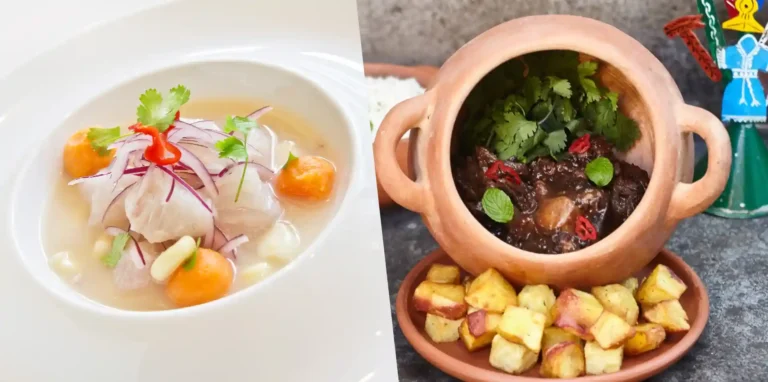Introduction: Street food in Eswatini
The street food scene in Eswatini (formerly known as Swaziland) is a fascinating blend of traditional Swazi cuisine and international influences. Street food vendors can be found in almost every town, offering a wide range of dishes, from spicy stews made with local meats and vegetables, to grilled kebabs and burgers. Street food is a popular choice for both locals and visitors alike, thanks to its accessibility, affordability, and delicious taste.
The cost of street food in Eswatini
One of the biggest advantages of street food in Eswatini is its affordability. Prices vary depending on the type and size of the dish, but most street food options are relatively cheap, ranging from SZL 10 to SZL 50 (approximately USD 0.50 to USD 3). This makes street food a great option for budget travelers who want to save money on food while still experiencing the local cuisine.
Factors affecting street food prices
The price of street food in Eswatini is influenced by several factors, including the type of dish, the location of the vendor, and the time of day. Dishes made with premium ingredients such as seafood or imported spices are generally more expensive than those made with locally sourced ingredients. Vendors located in popular tourist areas may also charge slightly higher prices to capitalize on the demand. Finally, prices may fluctuate depending on the time of day, with some vendors offering discounts during off-peak hours to attract customers.
Comparing street food prices to restaurant prices
Compared to restaurant prices, street food is almost always cheaper in Eswatini. A typical meal in a mid-range restaurant can cost anywhere from SZL 80 to SZL 150 (approximately USD 4 to USD 8), while street food options are available for a fraction of that cost. However, it is worth noting that restaurants often offer more extensive menus and dining experiences, which may be worth the extra cost for some travelers.
How to save money on street food in Eswatini
There are several ways to save money on street food in Eswatini. One of the best ways is to look for vendors located away from tourist areas, as these vendors often offer lower prices. It is also a good idea to ask locals for recommendations, as they may know of vendors offering great food at affordable prices. Finally, travelers can save money by opting for smaller portions or sharing dishes with friends.
The most affordable street food options
Some of the most affordable street food options in Eswatini include traditional dishes such as pap (maize meal), stewed beans, and meat skewers. Other popular options include vetkoek (deep-fried dough filled with meat or jam), chips (french fries), and boerewors (spicy sausage). These dishes are widely available throughout the country and are great options for budget-conscious travelers.
Popular street food areas for budget travelers
For budget travelers looking to sample the best street food in Eswatini, there are several areas to check out. In the capital city of Mbabane, the market area is a great place to find a variety of street food options, including grilled meats, fried snacks, and traditional Swazi dishes. In the city of Manzini, the central market is another great spot for street food, with vendors selling everything from fresh produce to homemade sausages.
Conclusion: Is street food in Eswatini affordable?
Overall, street food in Eswatini is an affordable and tasty option for travelers looking to experience the local cuisine without breaking the bank. While prices may vary depending on several factors, most street food options are available for a fraction of the cost of restaurant meals. By following some simple tips and seeking out the most affordable options, budget travelers can enjoy delicious street food without overspending.










